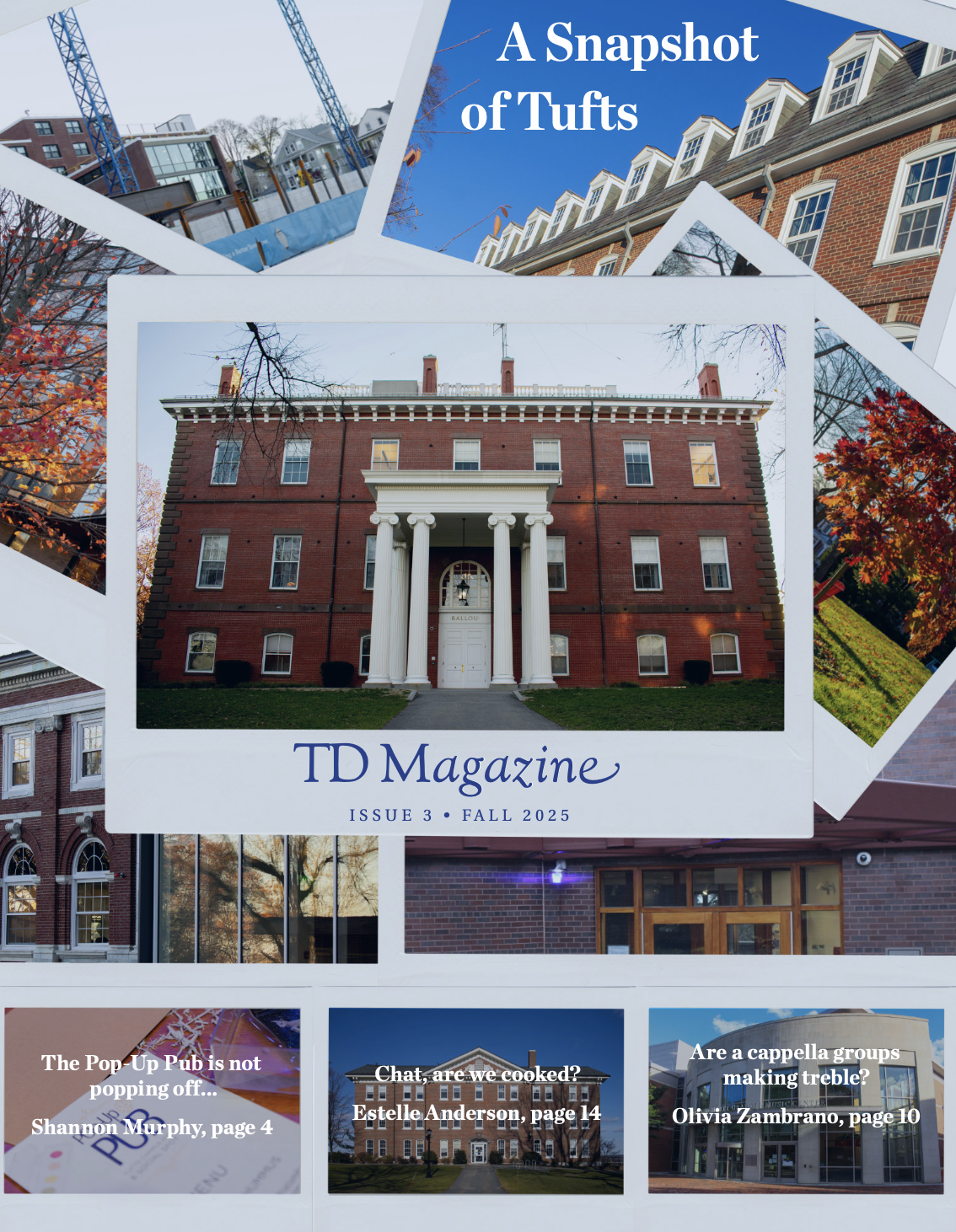“It’s all about sharing the love, man,” Antonio Innis, the SMFA shuttle driver known as Tony, told me with a laugh on a bleary Monday morning Slackbot, completely on par with his usual friendliness and completely changing my morning grumpiness. No matter who gets on his shuttle, what ridiculously large piece of art they are carrying or how antisocial they are feeling, Tony always greets his Beacon Street passengers with a smile and a story. He remembers me consistently as “California girl,” and always has something sweet and funny to say, which is sometimes the best part of my day.
Throughout a semester and a half of these small interactions, I have gotten to know a little about Tony. He is from the Jamaica Plain but lived in (and loved) LA, adores his wife, hates the snow and does some hip-hop on the side as a form of self-expression. He spoke on his creative outlets: "If I kept everything inside my head, I would go crazy. You can’t explain everything about yourself with words, you know, your imagination, your feelings. So you gotta do something to get it out. Whether by paintbrush or music or whatever, everyone has gotta have something other than a 9 to 5,” Innis said.
However, what I didn’t know until that bleary Monday morning, was that Tony not only creates art but collects it. He has curated an expansive collection of an unusual art form — bags, tapestries and other artifacts woven by U.S. prison inmates from cigarette cartons. He has collected over 100 objects made by inmates over the years. His interest in collecting started young when he watched his father’s friend Terrance Williams spend years in and out of prison, and became aware of the flawed justice system. Tony’s father gave him the first piece in the collection, a small bag woven from cartons in his cousin’s prison sent to him by Terrance, when he was only six years old. Tony has been scouring the country for them ever since.
As we stop at the intersection, he pulls out his phone to show me the latest addition: a 3x5 foot tapestry from the 1950s, intricately woven out of metallic blue cigarette labels. It is incredible, and his eyes light up as he explains how hard it was to procure. When I ask him why he collects, he says that he wants to spread awareness for the incarcerated, and showcase their under-appreciated creativity. He gives voice to the voiceless and facilitates appreciation of their expression. Besides being one of the unsung heroes of the SMFA, Tony is also one of the unsung heroes of the curatorial world. Tony is doing important things, so when you get the chance, look at his art, research the context or at the very least thank him the next time you get on the shuttle.
Antonio Inniss’ collection can be seen at The Museum of the National Center of Afro-American Artists, and at cellsolace.com
More from The Tufts Daily
Love To Hate: The gameday experience
By
Brian Becker
| December 5
The spy thriller as a geopolitical lens
By
Annika Pillai
| December 5





